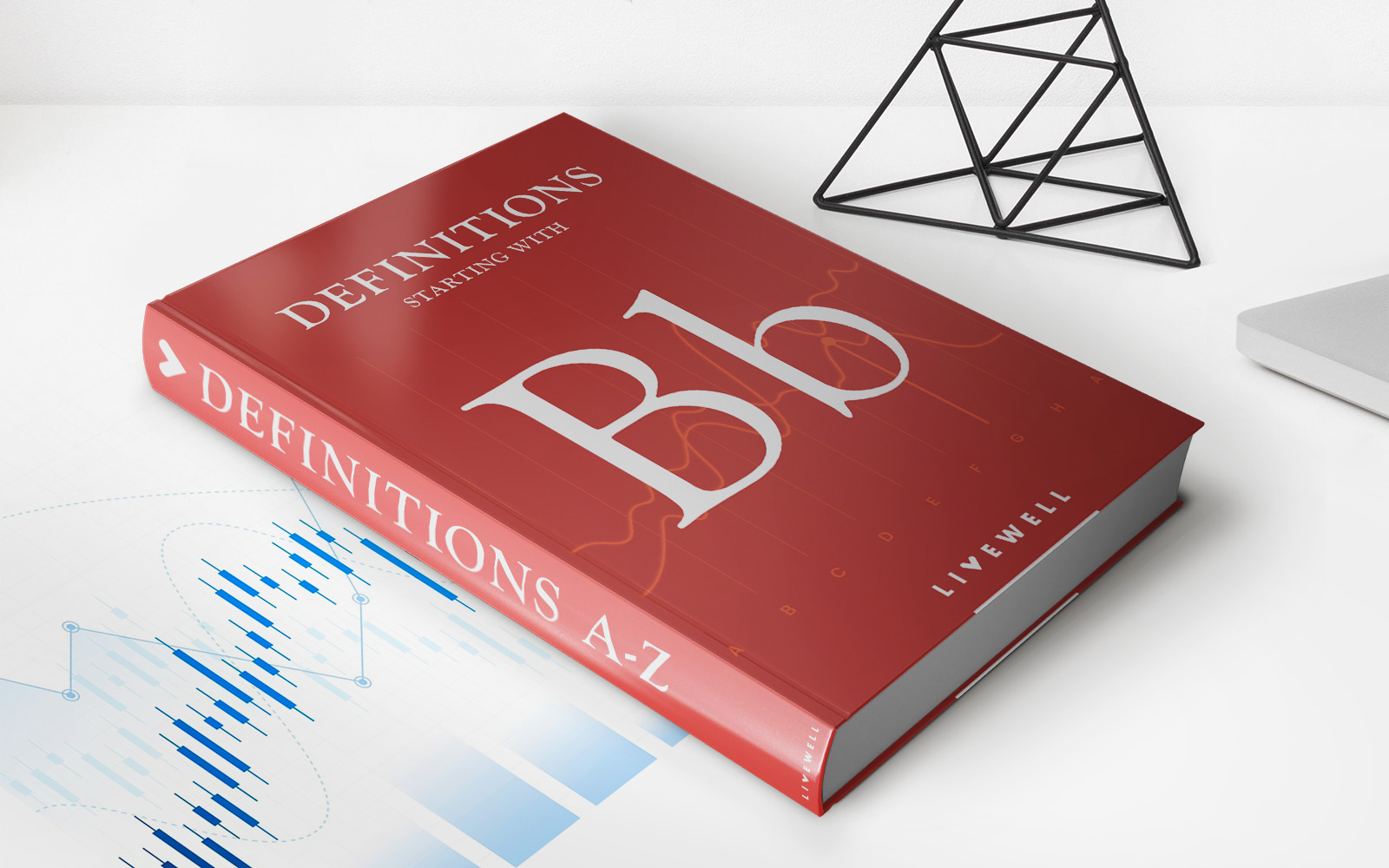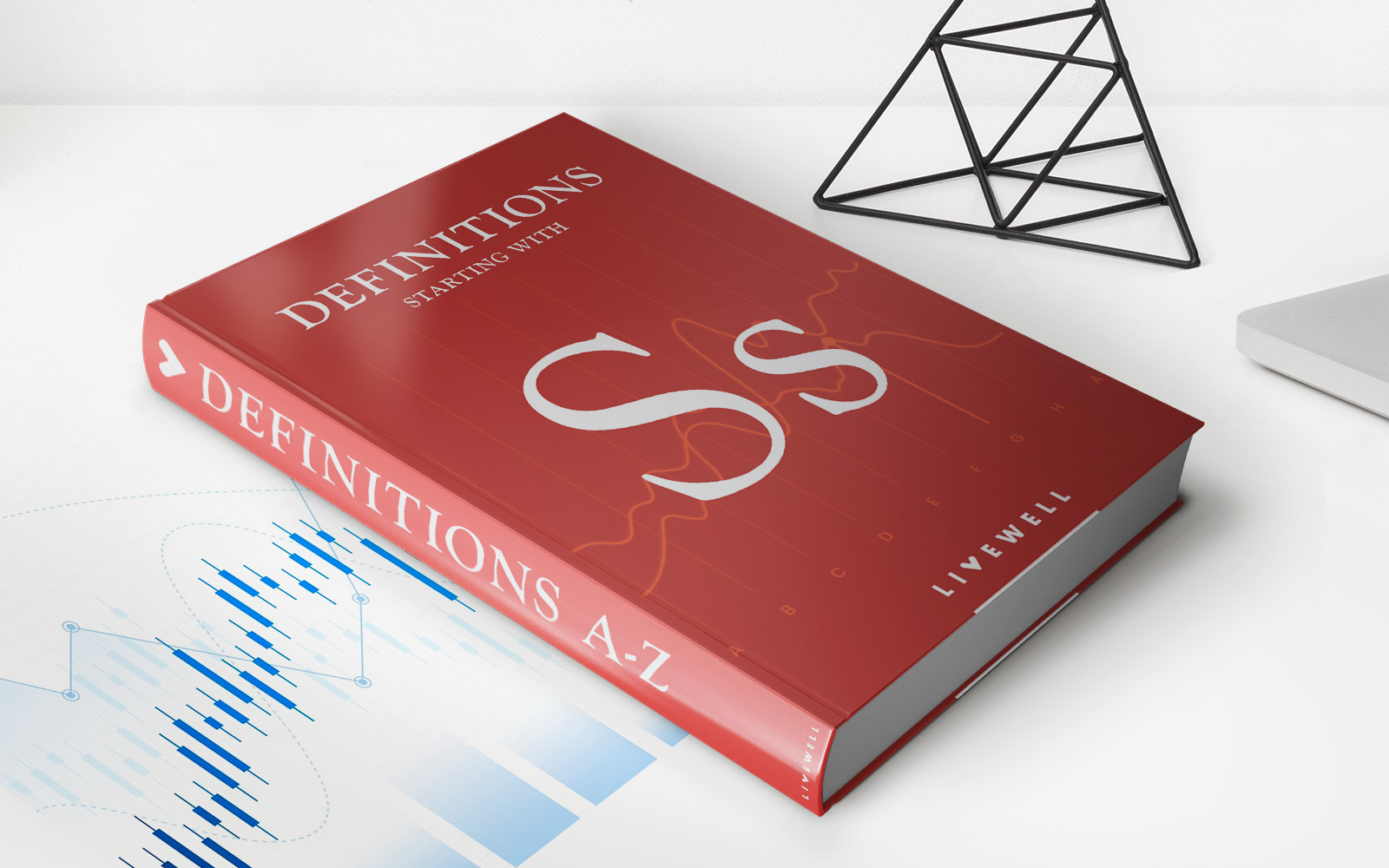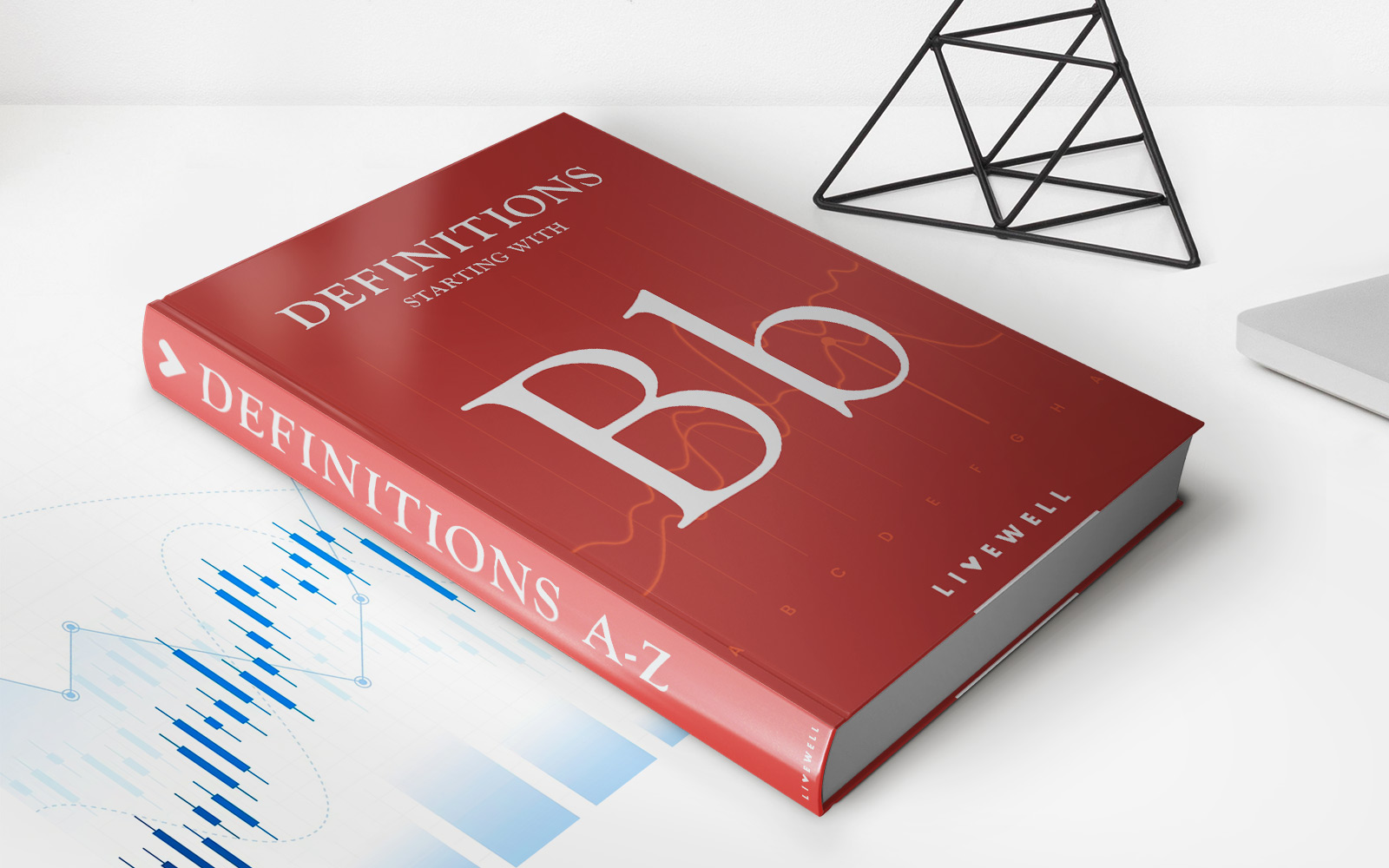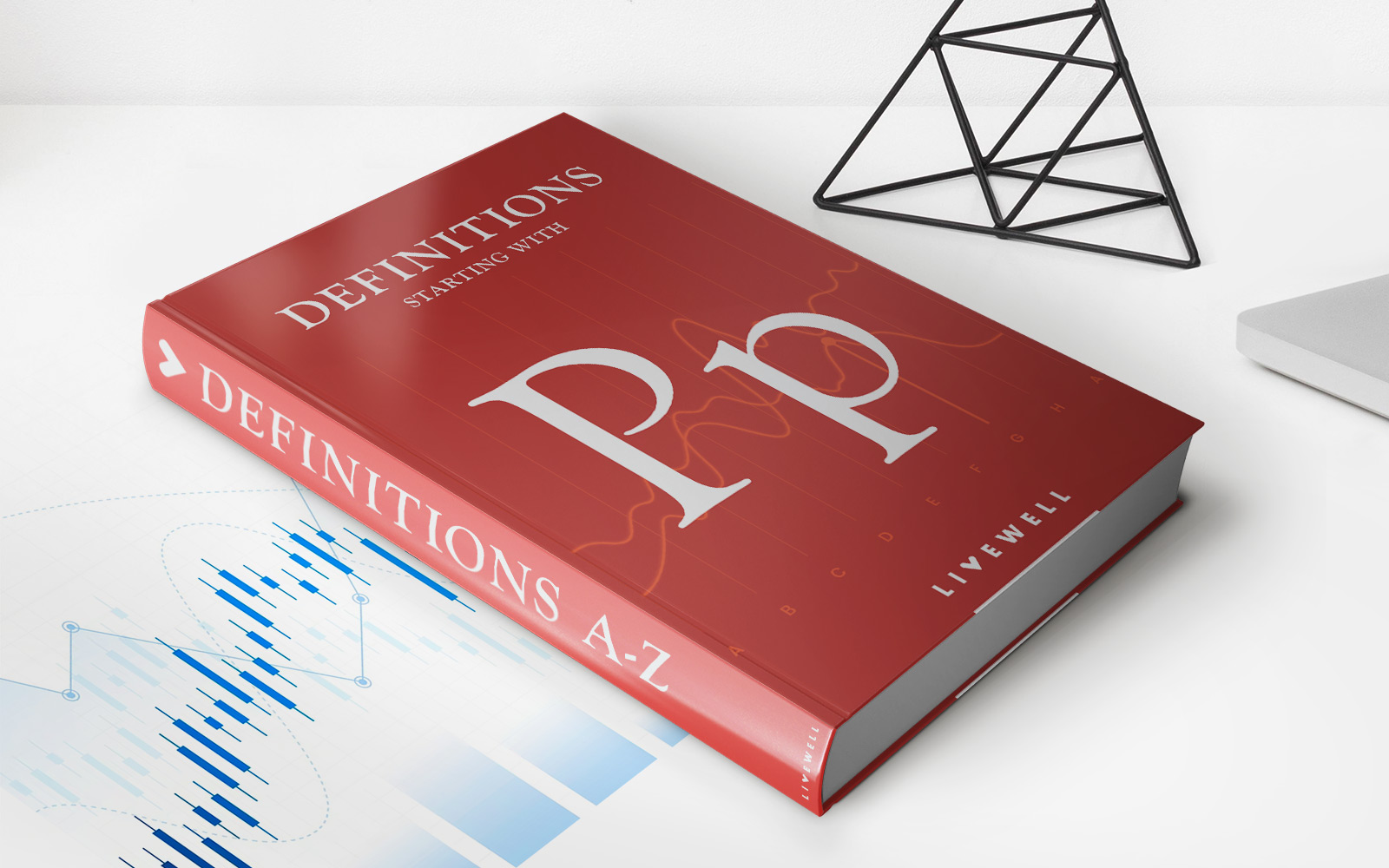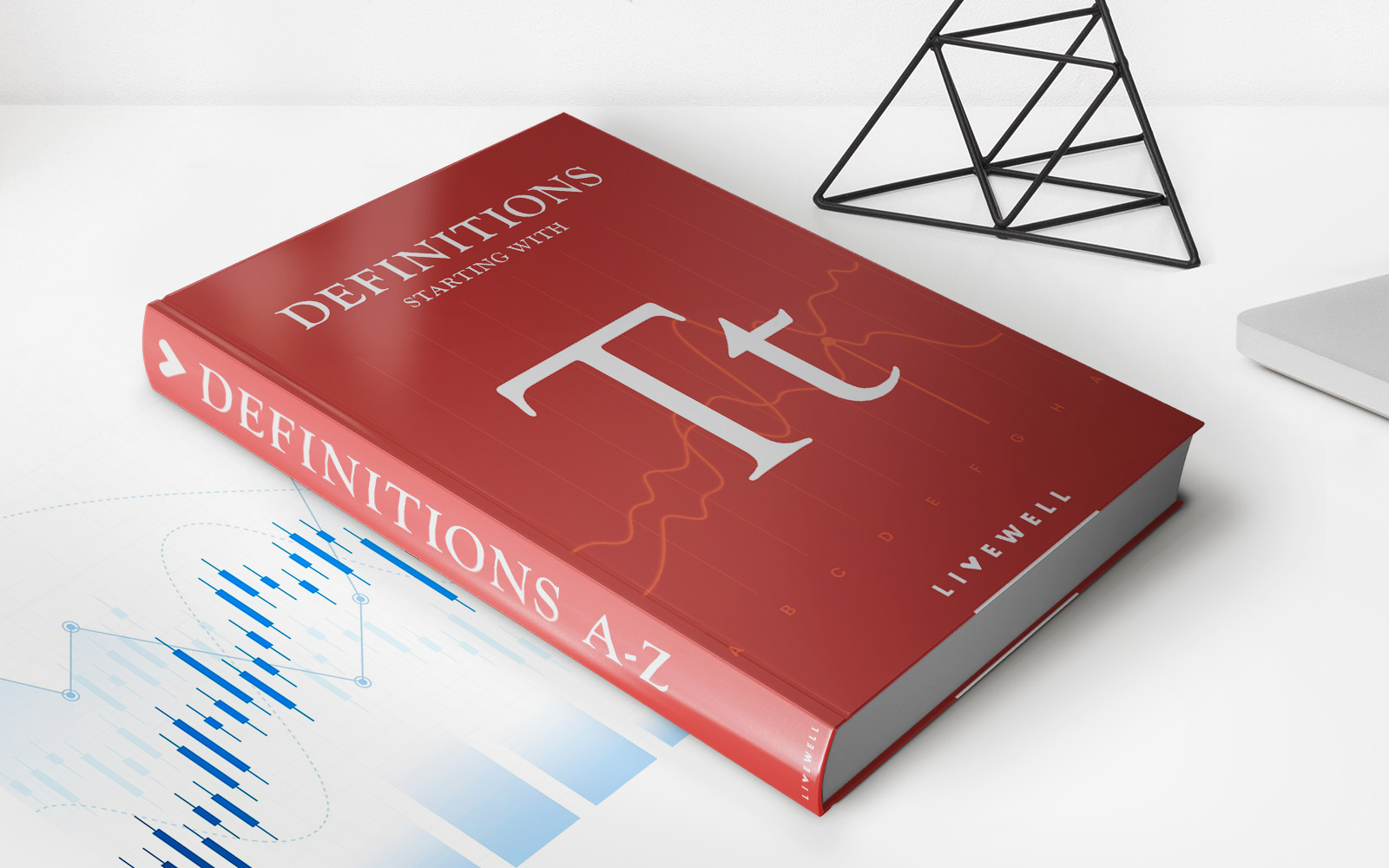Home>Finance>Liquidating Dividend: Definition, How It Works, Tax Treatment
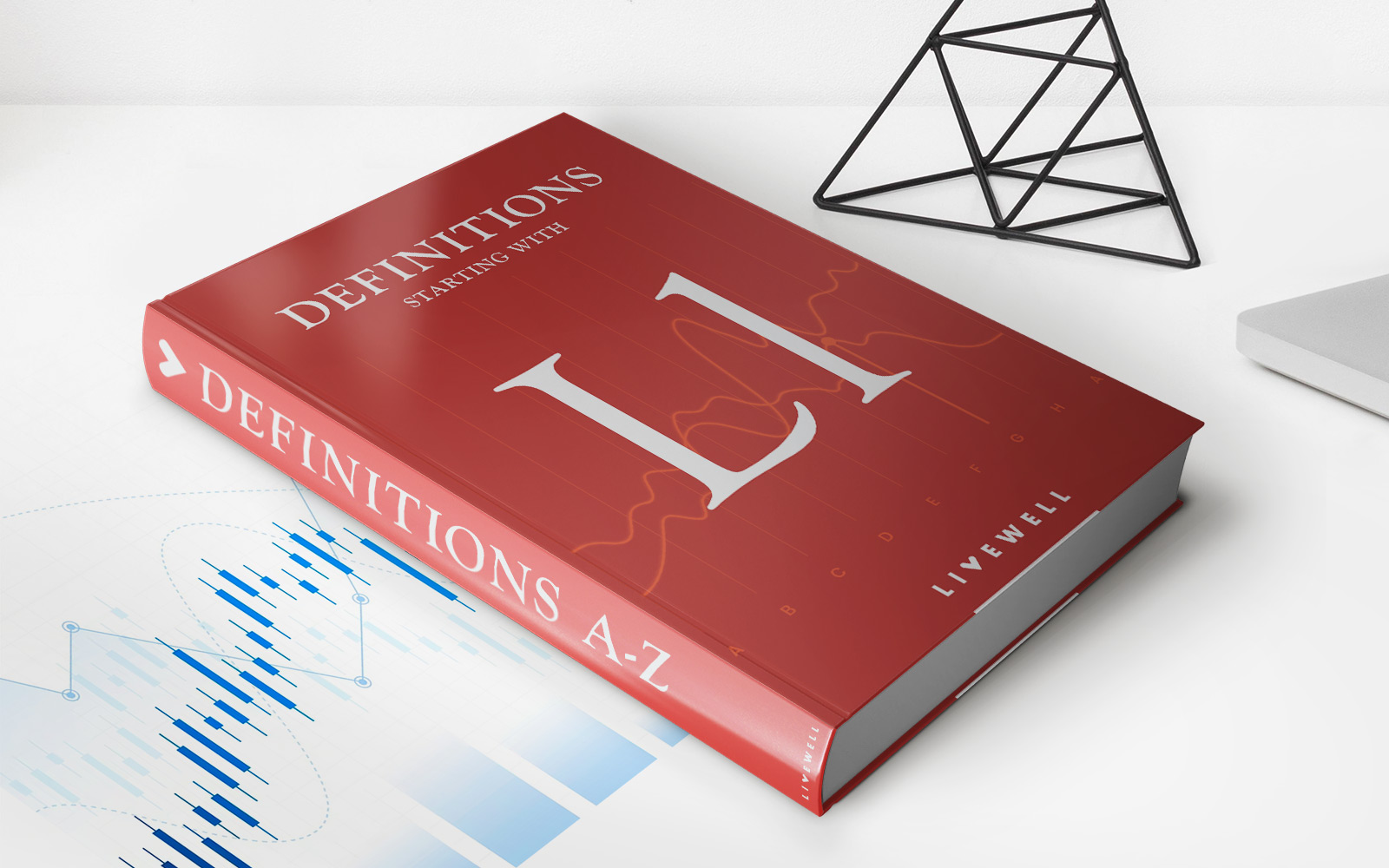

Finance
Liquidating Dividend: Definition, How It Works, Tax Treatment
Published: December 18, 2023
Learn about liquidating dividends in finance: definition, how they work, and tax treatment. Understand the implications of liquidating dividends in the world of finance.
(Many of the links in this article redirect to a specific reviewed product. Your purchase of these products through affiliate links helps to generate commission for LiveWell, at no extra cost. Learn more)
Liquidating Dividend: Definition, How It Works, Tax Treatment
Welcome to the finance category on our page! Today, we will dive into the world of liquidating dividends. Have you ever wondered what a liquidating dividend is, how it works, and how it is taxed? Well, look no further! In this blog post, we will provide you with a comprehensive guide to understanding liquidating dividends and their financial implications.
Key Takeaways:
- A liquidating dividend is a distribution of a company’s assets to its shareholders.
- It typically occurs when a company is winding down its operations or undergoing a significant restructuring.
Now, let’s explore liquidating dividends in more detail:
What is a Liquidating Dividend?
A liquidating dividend is a distribution of a company’s assets to its shareholders. It is usually paid out when a company is in the process of winding down its operations or undergoing a significant restructuring. Unlike regular dividends, which are typically paid out of a company’s profits, liquidating dividends are paid from the company’s capital or assets.
How Does a Liquidating Dividend Work?
When a company decides to liquidate its assets, it must first pay off its creditors. Once the company’s debts and obligations have been settled, any remaining assets are distributed to the shareholders as a liquidating dividend. The amount each shareholder receives is usually based on their ownership stake in the company.
It is important to note that the distribution of a liquidating dividend is different from a regular dividend. Regular dividends are typically paid out of a company’s profits and are considered taxable income for the shareholders. On the other hand, liquidating dividends are distributed from the company’s assets and may have different tax implications.
Tax Treatment of Liquidating Dividends
While regular dividends are generally subject to dividend tax rates, the tax treatment of liquidating dividends can be more complex. The tax treatment depends on various factors, including the shareholder’s basis in the company’s stock, the amount of the liquidating dividend, and the type of assets distributed.
In general, liquidating dividends are treated as a return of capital, rather than ordinary income. This means that shareholders may be able to reduce their tax liability by using their basis in the company’s stock to offset the distribution. However, it is important to consult with a tax professional to fully understand the tax implications specific to your situation.
In Conclusion
Liquidating dividends are an important aspect of corporate finance, particularly during times of company restructuring or winding down operations. Understanding the definition, how they work, and their tax treatment is crucial for shareholders and investors. Remember to consult with a financial advisor or tax professional to ensure you are making well-informed decisions regarding your investments and tax obligations.
We hope that this blog post has provided you with valuable insights into liquidating dividends. If you have any further questions or would like to learn more about finance-related topics, please explore our other blog posts in the finance category.
